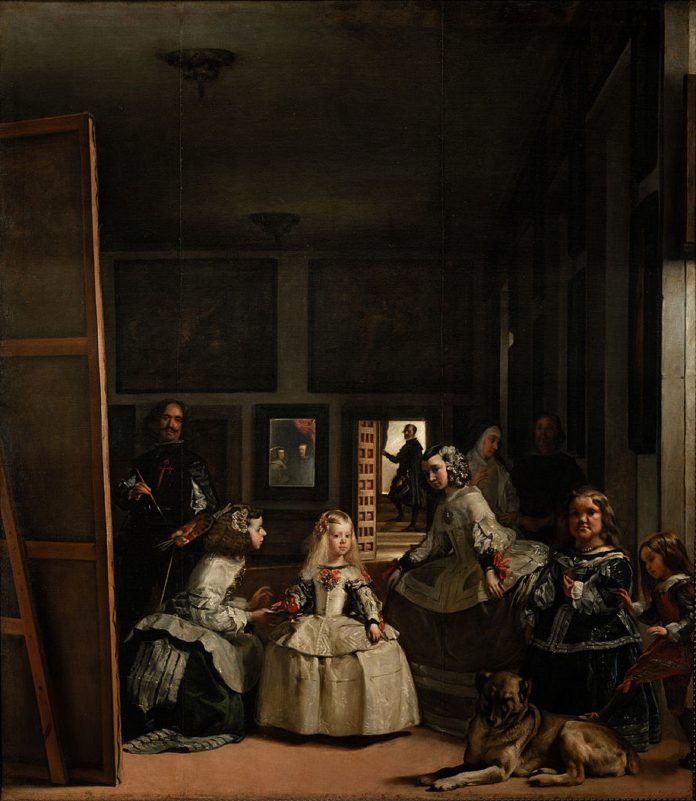According to the latest studies of the painting, when creating it, Velazquez did not do without the help of a camera obscura.
One of the most famous paintings of 17th-century Spanish painting continues to reveal its secrets.
After it was revealed in 2013 that a small copy of the Menin kept in Great Britain, which has long been considered the work of the artist’s son-in-law (and his student) Juan Batista Martinez del Mazo, is still partially the work of Velazquez, experts began to re-examine this work. Research concerning, first of all, the study of the artist’s creative method at the stages of his preparatory work, led to unexpected conclusions for many.
Professor Miguel Usandizaga, a specialist at the Spanish School of Architecture in Valle and the Polytechnic University of Catalonia, claims to have found evidence that Velazquez used a camera obscura (the progenitor of the camera) to create the composition and especially the complex perspective scheme in the Meninas. According to Usandizaghi, before embarking on a large canvas, Velazquez used a small, English canvas as a kind of negative for the future painting, placing it in a camera box and marking the future composition right on it. Then he used this work, transferring the image from it to a larger canvas, on which he later created his masterpiece.
To prove his theory, Usandizaga used a computer on which he superimposed and compared photographs of both works. When comparing the two versions of the painting, it was found that the guiding perspectives and straight lines that determine the construction of the painting’s space were, with the exception of differences in scale, almost identical. On this basis, Usandizaga argues that a position in which each line of one image is so in line with another cannot be reached with the naked eye and can only be achieved with a pinhole camera. This, among other things, is associated with the fact that the copy from Dorset, according to the results of the study, was created in two stages – first, the background was written – the background and perspective, and the figures were added later.
Usually, such preparatory drawings from the camera obscura were considered working material and were rarely preserved by the authors. However, instead of destroying the evidence for his effective, but not necessarily highly regarded, practice, Velazquez seemed to want to squeeze some more value out of [the canvas from the camera obscura] by asking his son-in-law to add images of royal figures on it, corresponding to the finished composition in order to later sell this work as an independent work. Despite the fact that the use of technical devices, including camera obscura, was quite common for artists of the 17th century (and earlier eras) – for example, David Hockney claimed in his book that Vermeer, Caravaggio, Rembrandt, and Van Eyck – Previously, art historians believed that Velazquez created his works without the help of any aids.

























